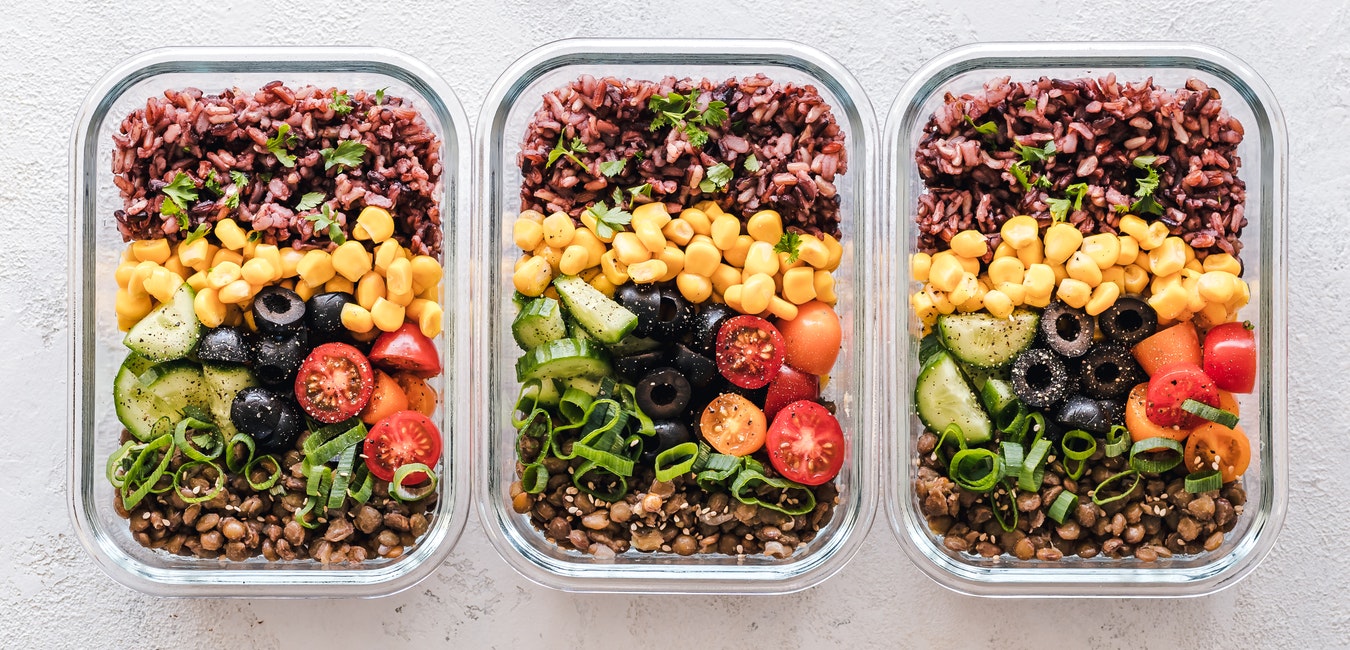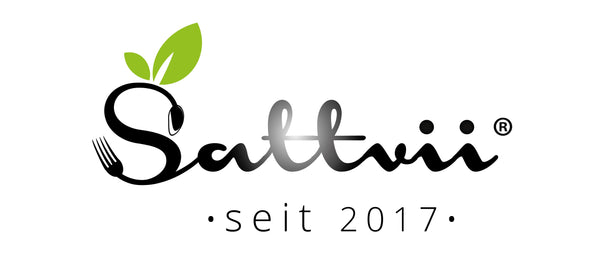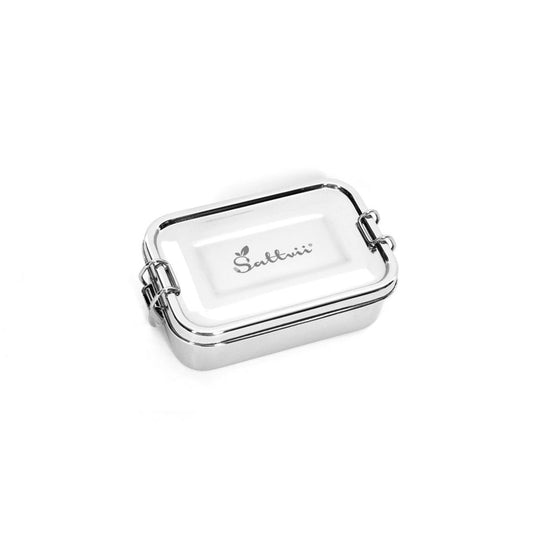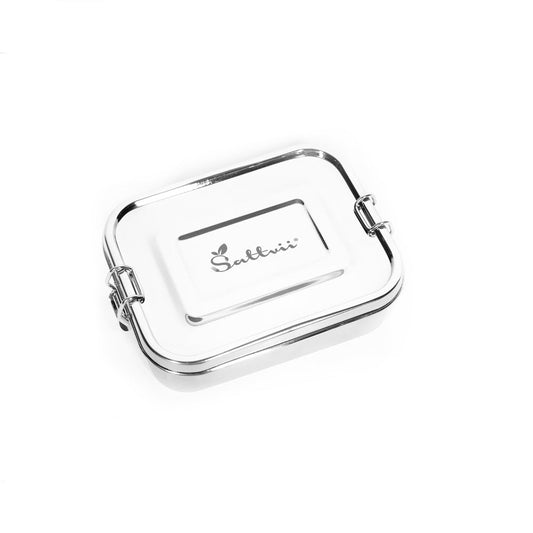
Why plastic is not just plastic
shares
In terms of feel, you could probably say that plastic and plastic are one and the same product, right? It's on everyone's lips now and you might think it's just plastic, just another word for plastic.
The way we live is changing our planet every day. The good thing about Germany is that we Germans have a very strict system when it comes to waste separation. And that's good!
However, in order to be even more careful with ourselves and our environment, it can also be very useful to be familiar with all the substances that can harm us and our environment.
In today's blog post we will explain the difference between plastic and plastic and why plastic is not just plastic.
In colloquial terms, we have now internalized many words, the difference between which we are mostly no longer aware of. As with plastic and plastic, for example.
Also interesting:
Tips for more sustainability in everyday life
Wonder material stainless steel

History
Plastic does not occur in nature and has to be manufactured artificially. The various stages of development began as early as the Middle Ages.
For example, in the 16th century, casein was made from cheese. You can imagine it like a horn and was used as a drinking glass at the time.
In the 18th century, people began to produce rubber from milky tree sap, for example, which was then used as a rubber base for industry.
Linoleum was made from linseed oil and resin in the 19th century. Nowadays it is mainly known from the apartment as a floor covering.
We know polyamide from our clothing, among other things - this followed in the 1930s. And in the 1950s, nylon tights came onto the market.
Especially since the 1950s, plastic production has increased enormously, since the development of thermoplastics made it possible to produce plastic very quickly and cheaply.
Word origin
The well-known and frequently used word "plastic" originally comes from English. Here it is written with a “c” - i.e. “plastic”. Translated, “plastic” simply means “plastic”. Over the course of time, the word “Plastic” became the word “Plastic” – i.e. with a “k” at the end.
“Plastic” comes from German and is used in Germany almost exclusively in professional sectors, such as mechanical engineering or the chemical industry.

The difference
There is no major difference in the language itself. “Plastic” is used quite simply in everyday usage to describe any type of plastic.
A difference is made in the specialist groups already mentioned, such as chemistry or mechanical engineering. This consists in the fact that all types of plastic are also plastic, but conversely not every plastic is plastic.
In general, one can say that plastic includes substances that differ in their chemical structure. This means that depending on the length of the hydrocarbon chains, different types of plastic can be produced - such as PE, PP or PVC .
The practicality of plastic is that you can shape and shape it as you wish. You can say that plastic is more like the result of molded plastic.
Types of plastic
As briefly explained earlier, the "building blocks" of plastic are simply built carbon compounds that are now obtained from oil or natural gas. That's why the production of plastics is so bad for our environment, since a lot of energy is required for the production.
Plastics can be divided into the following main groups:
Use
Some of the abbreviations will probably look familiar to you, such as PET. This material is often used for plastic bottles. PE is used for slides. Cups are made from PP and PA for Tights.

Thermoplastics
This material can be molded any number of times. You can always soften it and it will stay in shape. Polyethylene (PE), polyamide (PA), polypropylene (PP) and polyethylene terephthalate (PET), for example, belong to the group of thermoplastics.
elastomers
Elastomers are known, for example, from rubber. You probably know this from car tires. Elastomers can be changed at short notice by pressure and stretching.
So you can say that there are many different plastics and their areas of application are very diverse. The only problem is: the more complicated the structure of the respective plastic is, the more difficult it becomes to recycle.
Unfortunately, only a few of the plastics that we use can be recycled, as they often consist of compounds with each other. Like a garden hose, for example. This consists of additional fabric.
Toys still contain metal or electronics. Or diapers - these are a combination of cloth, pulp and plastic.
A great alternative to conventional diapers are so-called cloth diapers. They are reusable and therefore environmentally friendly.
thermosets
Duroplastics cannot be deformed at will. Once heated, the plastic is solid. Therefore, they are often used for household appliances.
You can also find them in sockets or housings for electrical kitchen appliances, for example. A high level of strength in connection with high temperatures therefore plays a major role.
The yellow sack
The yellow sack is used in Germany for collecting plastics? Wrong thought. Only clean and uniform materials can be recycled. That makes sense, but why are there so many differences when it comes to waste sorting?
As we have already learned, plastic is not just plastic and plastic is not necessarily plastic and packaging is another topic.
The manufacturer pays a disposal fee for packaging, for example, this is called a license fee. So if you buy packaged materials domestically, the disposal of them should be paid for accordingly.
Plastic worldwide
In the world, China is by far the largest manufacturer when it comes to plastic production. This is followed by Europe and the NAFTA countries, i.e. the United States, Canada and Mexico.

Our contribution
You probably know the saying: "Know your enemy and you will defeat him" (Sun Tzu - Art of War) If not, then at the latest now. Because what you can take away from today's post is important when it comes to fighting plastic.
Unfortunately, in recent years, humanity has not been particularly kind to the resources that Mother Nature offers us. Environmental protection is more present than ever and that's a good thing.
We want to make a positive contribution with our lunch boxes for children and you are cordially invited to take part.
With us, the customer is king and therefore you can 100% rely on the fact that no harmful ingredients that could harm you or your family. A good example of this is our plastic-free sealing ring. This supports our lunch boxes for school or kindergarten in that the backpack stays dry and nothing leaks.
Looking for lunch boxes for kindergarten? You are also welcome to have a look at our suitable for small children lunch boxes.
If you have any further questions please feel free to contact us at any time. Your Sattvii team!
.



